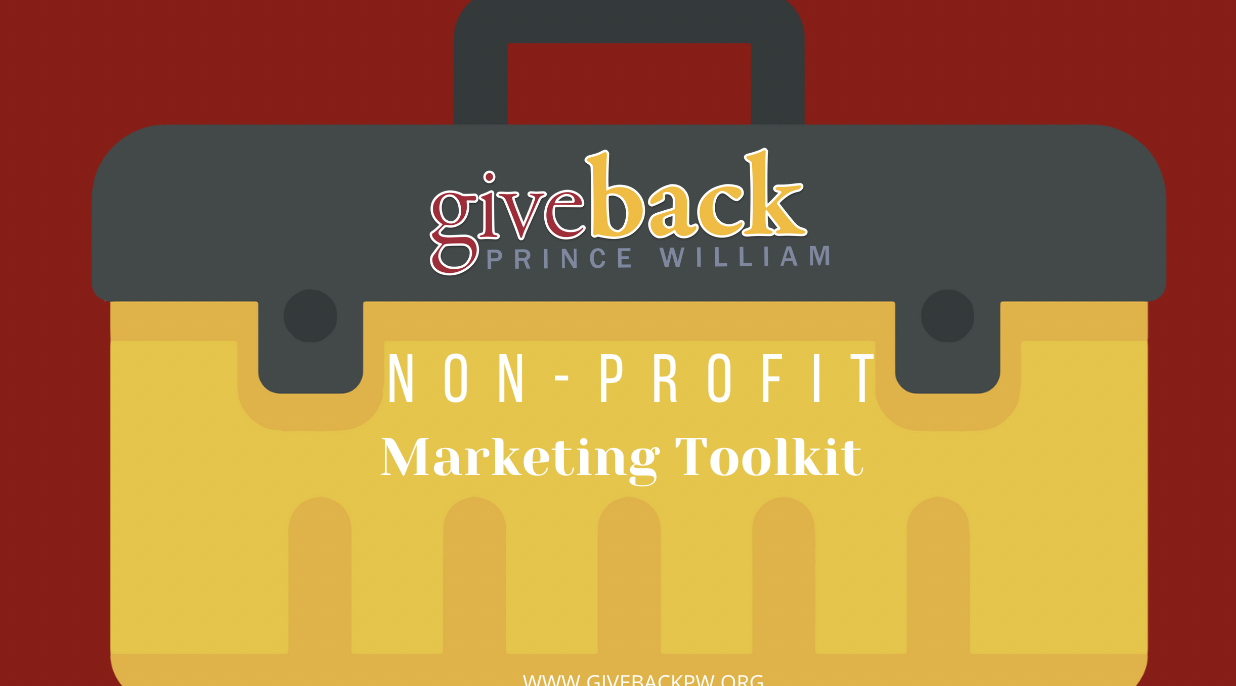Cause Marketing
Cause marketing is a powerful way for businesses and non-profits to collaborate and achieve a shared goal while benefiting from increased visibility and reach. Cause marketing is a type of marketing that promotes the idea that when businesses and non-profits collaborate to create a positive impact, both parties can benefit.
Corporate Social Responsibility
Corporate Social Responsibility, also known as CSR, refers to a business’s commitment to operating economically, socially, and environmentally sustainably. This includes being accountable for the impact of their actions on society and taking steps to minimize any negative impacts. Many companies are now embracing CSR as a way to show their commitment to improving social conditions in local communities and to promote their brand as socially responsible. Through CSR initiatives, businesses can demonstrate their dedication to ethical practices, environmental sustainability, and social responsibility, while also building stronger relationships with their customers, employees, and stakeholders.
Business Value Proposition
A Value proposition is a statement that clearly communicates the product or service benefit you promise to deliver. When businesses partner with non-profit organizations, the value proposition is about the benefits both parties can offer each other. For businesses, partnering with a non-profit may include increased brand visibility, improved reputation, and the opportunity to give back to the community. For non-profits, partnering with a business may include access to new audiences, increased donations, and the opportunity to leverage the business’s resources and expertise. When developing a non-profit partnership, it’s important to clearly communicate the value proposition of the partnership to both parties, to ensure that everyone is aligned and working towards a common goal. By clearly articulating the benefits of the partnership, both the business and non-profit can achieve greater impact and success.
Employee Engagement
Employee engagement is a critical component of successful non-profit partnerships. When employees are engaged with non-profit organizations, it not only benefits the community but also creates a sense of pride and purpose within the business. Engaged employees are more likely to be motivated and committed to their work, increasing productivity and job satisfaction. Additionally, engaging with non-profits creates a great story to tell to future employees and the public at large, highlighting the business’s commitment to social responsibility and community involvement. By encouraging employee engagement with non-profits, businesses can build stronger relationships with the non-profit and create a sense of shared purpose and values. This can lead to increased collaboration and impact, as well as improved brand reputation and customer loyalty.
Impact
When businesses partner with non-profit organizations, they have the potential to create significant positive impact on the community. The impact can be measured in a variety of ways, including increased awareness, improved conditions, and positive social and environmental outcomes. One way to communicate the impact of the partnership is through stories. Sharing stories about the partnership’s effects can help inspire others to get involved and show the tangible benefits of the partnership. It’s important to highlight the impact on both the non-profit and the for-profit organizations involved, to show the mutual benefits of the partnership. By sharing impactful stories, businesses and non-profits can inspire others to get involved, and to create positive change in the world.
Benefits
The benefits of cause marketing are many. For businesses, it can help them build customer and brand loyalty, increase customer engagement and sales, and differentiate themselves from competitors. In addition, it can attract new business, help with employee retention and morale and generate goodwill in the community. And of course, it can be a tax deduction.
For non-profits, it can help them raise awareness, increase donations, and expand their reach to new audiences. Additionally, it can attract in-kind donations, bring in more volunteers and board members and increase brand recognition.
Strategy
To develop a successful cause marketing strategy:
Identify a Shared Goal
Both parties should agree on a shared goal aligned with their values and missions. This can be anything from supporting a social cause to raising awareness for an environmental issue.
Develop a Marketing Plan
Develop a marketing plan that clearly outlines the campaign’s objectives, target audience, and messaging. Include your tools, such as email newsletters, social media, photography, blogs, PR/Media, Video, and networking. Include a comprehensive timeline, budget, and metrics to track the campaign’s success.
Choose the Right Partner
Identify a partner aligned with your values and mission. This is important because it will determine how successful the partnership will be. Both parties should clearly understand what each partner brings to the table, including resources, skills, and expertise. Draw up a Memorandum of Understanding outlining expectations. Then, regularly evaluate the partnership and make adjustments where necessary.
Action
Implement the Campaign
Once the marketing plan is in place and the partner has been chosen, it’s time to implement the campaign. This may include hosting events, creating social media content, and creating a donation page for the non-profit.
Evaluate and Optimize
Once the campaign is over, it’s important to evaluate its effectiveness and optimize it for future campaigns. This includes measuring the campaign’s success, analyzing feedback, and making adjustments to improve the effectiveness of future campaigns.
Outsource when necessary:
When you need to focus on other aspects of your business or non-profit, outsource with a professional who has a vested interest in your brand’s success and understands your industry.
Cause marketing is a powerful tool that can help businesses and non-profits work together to achieve a shared goal. By following the steps outlined above, businesses and non-profits can create successful partnerships that not only benefit their organizations but also create a positive impact on society.




